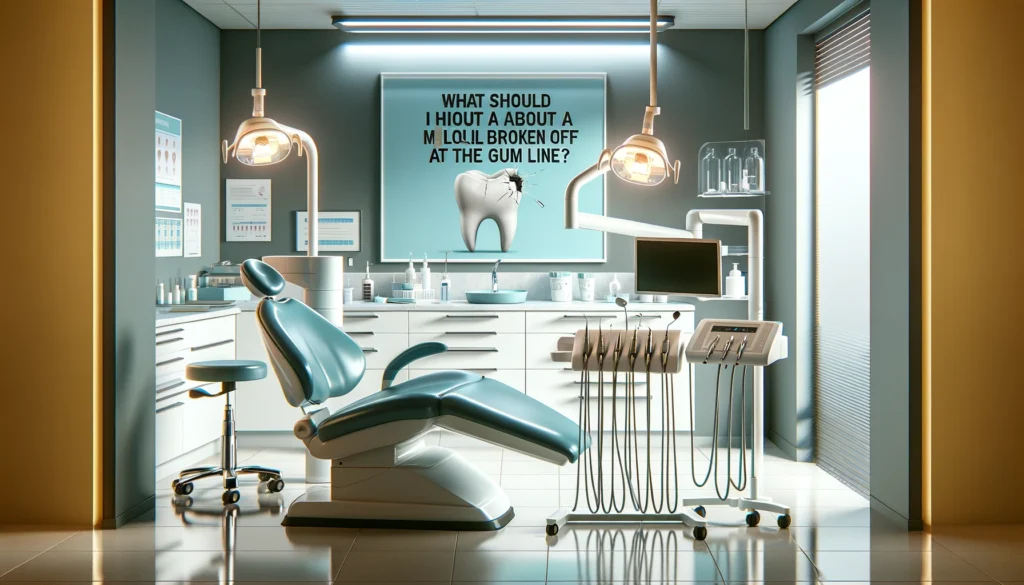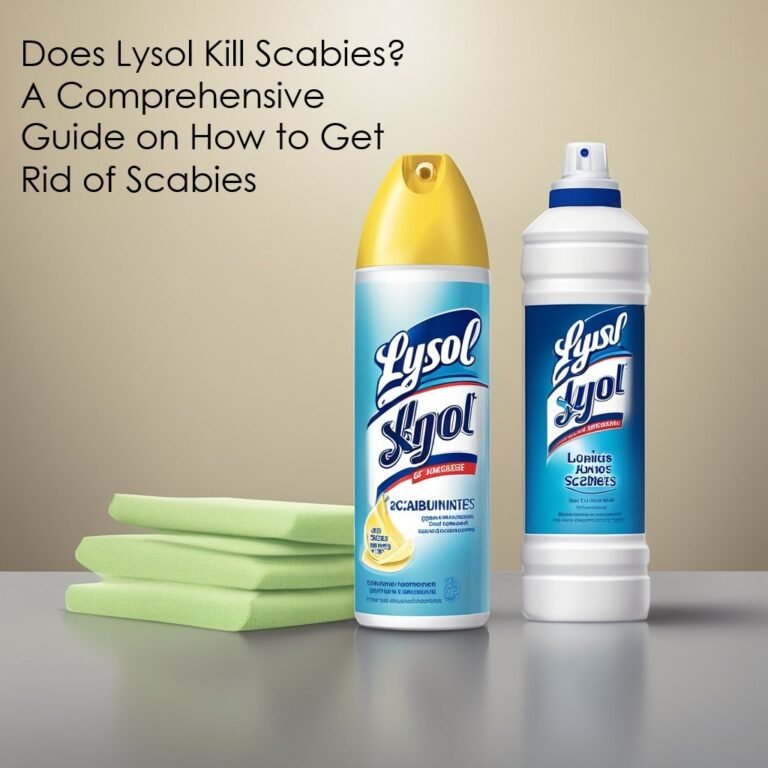What Should I Do About a Molar Broken Off at Gum Line?
Introduction
Imagine you’re biting into a crunchy apple and suddenly, there’s a sharp pain in your mouth. You realize with a sinking feeling that a part of your molar has broken off right at the gum line. It’s an alarming and uncomfortable moment, and naturally, you might wonder, “What should I do next?” This post is dedicated to guiding you through this dental dilemma with practical advice and empathy.

Understanding the Issue of molar broke off at gum line
When a molar breaks off at the gum line, it’s more serious than a simple chip. This kind of break usually occurs due to decay that has weakened the tooth over time, or an injury that has caused sudden trauma. Understanding the cause is crucial because it influences the treatment plan your dentist will suggest.
Symptoms of a Broken Tooth
Knowing the signs of a broken tooth can help you take timely action. Common symptoms include:
- Sharp Pain: Often sudden and severe, especially when chewing or biting.
- Sensitivity: To hot, cold, or sweet stimuli, indicating exposed nerves or dentin.
- Visible Damage: Pieces of the tooth might be missing, or you might notice a crack.
- Swelling: Around the affected tooth or in the gum line.
- Bleeding: Sometimes from the gums around the broken tooth.
- Discomfort with Pressure: Pain or discomfort when you apply pressure or bite down.
Immediate Actions When Molar Broken Off at Gum Line?
If you find yourself in this situation, here’s what you should do without delay:
- Ease the Pain: Start by rinsing your mouth with a warm saltwater solution. This helps clean the area and can reduce pain and swelling.
- Protect the Tooth: Be careful not to chew on the affected side to avoid further damage.
- Contact Your Dentist Immediately: Explain the situation; most dental offices can accommodate emergency cases or will refer you to someone who can.

Tooth broken below gum line treatments
After examining your tooth, your dentist might suggest one of the following treatments:
- Root Canal Therapy: If the break has exposed the tooth’s pulp (where the nerves and blood vessels are), a root canal might be necessary to remove the damaged pulp and save the tooth.
- Dental Crown: A crown can be used to cover and protect the remaining part of the tooth, restoring its function and appearance.
- Extraction and Replacement: In severe cases where the tooth cannot be saved, it might need to be extracted. Replacement options like implants, bridges, or partial dentures can be considered to restore functionality and aesthetics.
Prevention Tips
Preventing such dental emergencies is key. Here are some effective prevention strategies:
- Schedule regular dental check-ups every six months.
- Maintain good oral hygiene with proper brushing, flossing, and possibly using an antimicrobial mouthwash.
- If you play sports, consider wearing a mouthguard to protect your teeth. Similarly, if you grind your teeth at night, a night guard can be a lifesaver.
Long-Term Considerations
Leaving a broken molar untreated can lead to significant complications, such as infection, increased risk of decay, and even affecting your overall dental alignment. This makes prompt treatment vital.
Personal Stories
Many of my readers have shared their experiences with broken molars. One story that stands out is about a reader who acted swiftly to get a root canal, preserving their tooth and preventing further damage. Another reader delayed seeking treatment, which unfortunately led to an extraction. These stories highlight the importance of immediate action.
What’s Recovery Like from a Broken Molar?
Recovering from a broken molar depends largely on the severity of the break and the treatment undertaken. Here’s what you can typically expect during the recovery period:
- Post-Treatment Care:
- Immediate Aftercare: Right after treatment, such as a root canal or an extraction, you might experience numbness due to anesthetics. It’s important to avoid eating until the numbness wears off to prevent accidental biting of your cheek or tongue.
- Managing Discomfort: Some pain or discomfort is normal. Your dentist may recommend over-the-counter pain relievers or prescribe medication for more severe cases.
- Eating and Drinking Adjustments:
- Soft Diet: Stick to a soft diet for a few days post-treatment to avoid putting pressure on the treated area. Foods like soups, yogurts, and smoothies are good choices.
- Avoid Extreme Temperatures: Steer clear of overly hot or cold foods and beverages as your tooth may be sensitive.
- Oral Hygiene:
- Gentle Cleaning: Continue to brush and floss your teeth, but be gentle around the treated area. Sometimes, your dentist might suggest special mouthwashes to aid in healing.
- Avoiding the Treated Area: In the case of extractions, you’ll need to avoid the area directly to allow for proper healing.
- Follow-Up Visits:
- Check-ups: Regular follow-up visits are crucial to ensure proper healing and to address any concerns post-treatment.
- Restorative Procedures: If you’ve had an extraction, subsequent appointments may be necessary for restorative work like implants or bridges.
- Activity Modifications:
- Limited Physical Activity: It’s advisable to limit vigorous physical activity for a few days post-treatment, especially after extractions, to prevent bleeding and aid in healing.
- Long-Term Care:
- Regular Dental Visits: Regular check-ups are essential to monitor the treated area and maintain overall oral health.
- Preventive Measures: Adopting preventive measures, like wearing mouthguards during sports if the break was due to physical trauma, is important to prevent future incidents.
Recovery times can vary, but most people start to feel more comfortable within a few days. It’s crucial to follow your dentist’s specific instructions for care and to reach out if you have any unusual symptoms or prolonged discomfort.
Herbal Remedies for Temporary Relief
While these remedies won’t fix the broken molar, they can provide temporary relief from discomfort.
- Clove Oil: Clove oil is renowned for its pain-relieving properties in dentistry. Apply a small amount to a cotton ball and dab it on the affected area. Be cautious, as it can be quite potent.
- Saltwater Rinse: A gentle rinse with warm saltwater several times a day can help keep the area clean and reduce discomfort.
- Peppermint Tea Bags: Used tea bags, especially peppermint, can be slightly warm or cool and placed on the affected area to help soothe pain.
- Turmeric Paste: Known for its anti-inflammatory properties, turmeric can be mixed with water to form a paste and applied to the affected area.
- Aloe Vera: Aloe vera gel, when applied to the gums, can help soothe inflammation and pain.
Remember, these remedies are for temporary relief and cannot replace professional dental treatment. It’s essential to consult with a dentist as soon as possible for a proper assessment and treatment.
FAQs
Q: Is it possible for the tooth to heal on its own?
A: No, dental intervention is necessary to treat and protect a broken tooth.
Q: What are the signs that I might need a root canal?
A: Signs include severe pain, sensitivity to hot and cold, and swelling around the tooth. However, only a dentist can confirm the need for a root canal after an examination.
Q: Can a broken molar lead to other health issues?
A: Yes, if left untreated, it can lead to infection, which might spread to other parts of the mouth or body. It’s crucial to seek dental care promptly.
Q: Will my broken molar affect how I eat or speak?
A: It might, depending on the severity of the break. You may need to adjust your eating habits temporarily and speak with your dentist about long-term solutions.
Q: Is there a risk of infection with a broken molar?
A: Yes, a break can expose the inner parts of the tooth to bacteria, increasing the risk of infection. It’s important to maintain good oral hygiene and see a dentist immediately.
Conclusion
Dealing with a broken molar at the gum line can be stressful, but understanding your options and taking quick action can greatly impact the outcome. This guide aims to arm you with the knowledge and confidence to handle such a situation effectively.







